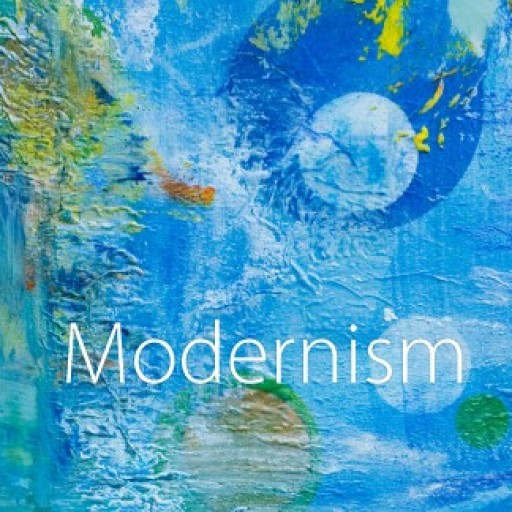Owen’s “Anthem for Doomed Youth” is a flight from the bombastic display of romanticized glory of a soldier’s martyrdom. The essence of the glorification, however, lies in the subtlety of the imagery and words used, particularly in the second half of the poem. Interestingly enough, this anthem is not targeted to an individual; instead, it is a cry for all those who became a part of the war in one way or another. It is a Petrarchan sonnet divided into an octave and a sestet. Traditionally, sonnets tend to be love poems. However, Owen’s sonnet is far from it. The poet overturns our perceptions of how things are or we how we presume them to be. Using the form of a sonnet to write about the brutality of war and unattended funerals are meant to upset the reader. Although the poem is called an anthem, there is nothing ‘anthem-like’ about it. If anything, it is eulogistic, and the supposed sonority of an anthem is replaced by disturbing imagery and dissonant sounds in the poem. Although the word ‘doomed’ in the title suggests that there is no turning back for those associated with war, one might still expect to see a contrast taking place in the poem. From beginning to end, however, this poem is about death and grief which suggests that there actually is no coming back.
Owen plays with various foot divisions and metrical forms in this poem. From the simple unstressed followed by stressed syllable, i.e. iambic, to spondaic (two stressed or two unstressed syllables together) and trochaic (stressed followed by unstressed), we see/read the poem shifting tones from line to line. In line three, the combination of stressed and unstressed syllables on stuttering rifle’s rapid rattle makes it read like the sound of a firing gun. The poet is able to create that effect by stressing and un-stressing certain syllables. We also see him using enjambment in the same line. By omitting any punctuation mark, i.e, by enjambing the line, he is stressing the continual sound of firing guns, which when read aloud creates disturbance and dissonance. Owen, however, resorts to assonance in the sestet and creates a quiet eulogistic tone with the following lines:
Their flowers the tenderness of patient minds,
And each slow dusk a drawing-down of blinds.

Leave a Reply